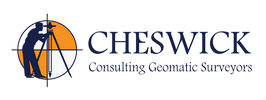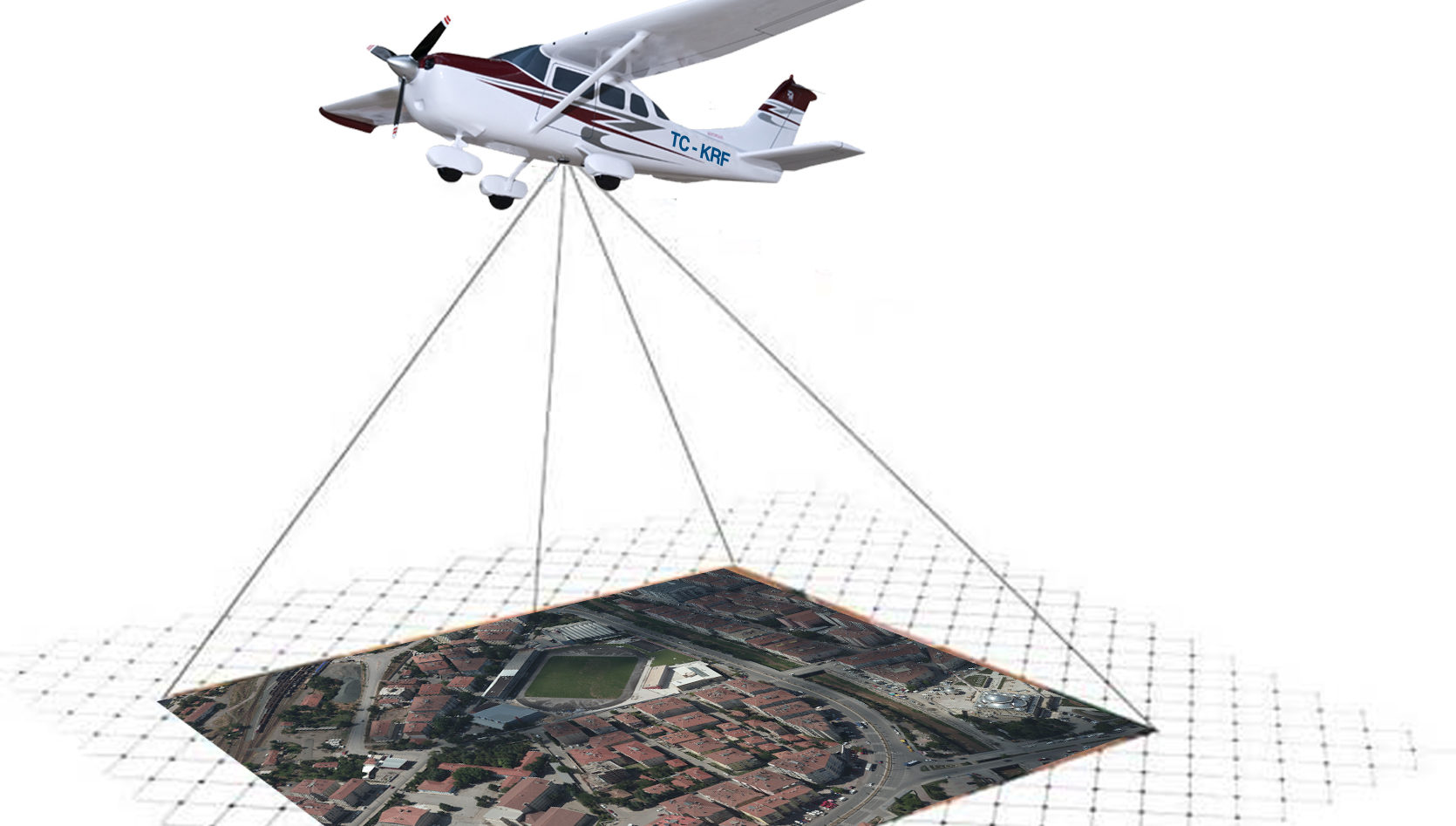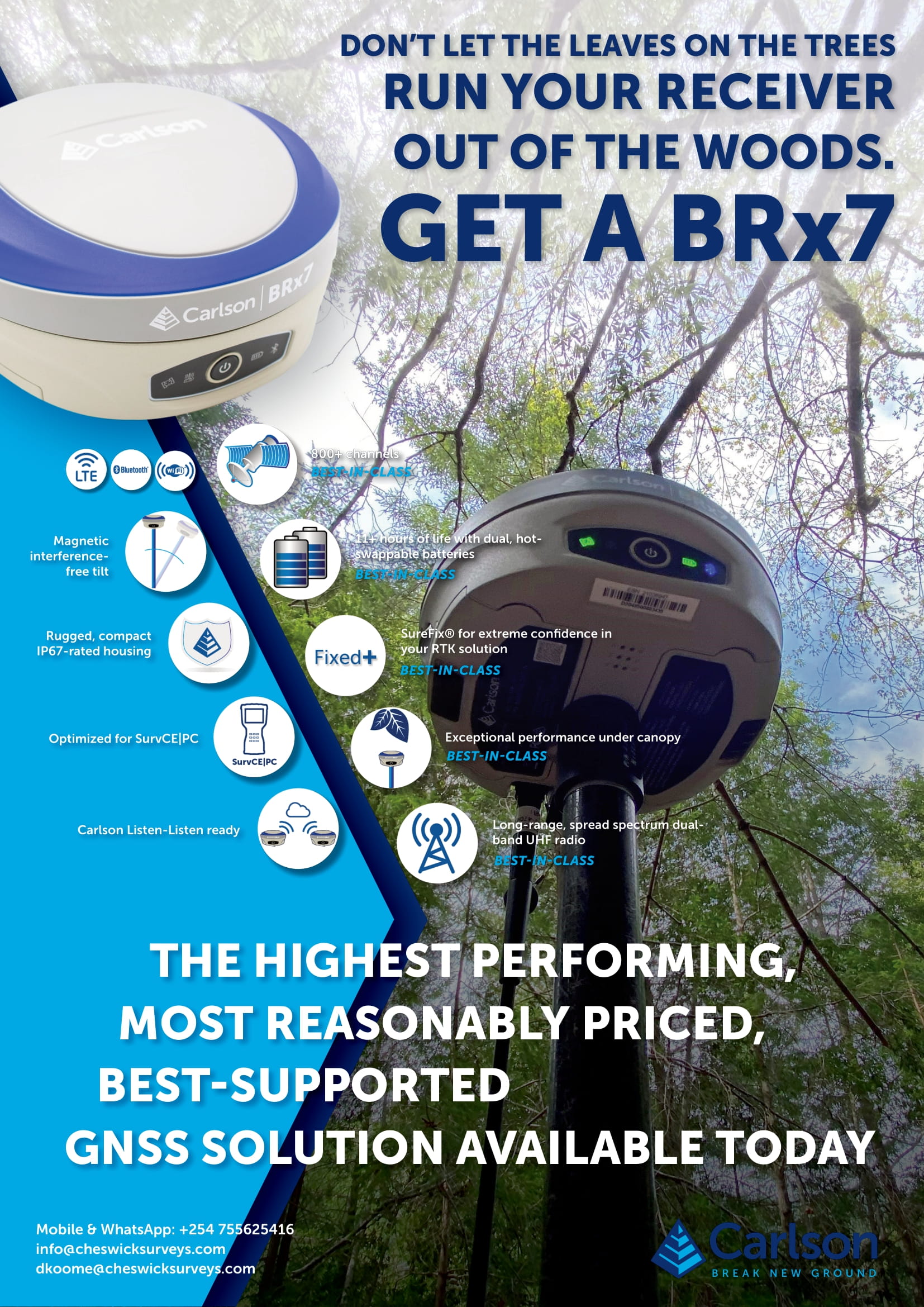As technology evolves, we are somewhat forced to jump into the wagon or be left behind, so the pundits say. But as recent developments have shown, new does not equals better. Just look at the demise of Samsung Galaxy Note 7 and the crashing of Tesla’s driver-less cars. I am not on a warpath against innovation; in fact it shows that people are unlocking their creative potentials by trying new solutions to improve the quality of life. What I advocate for is a cautious approach to everything new which the creators advertise as the new world order.
When LIDAR came into the scene there were murmurs that it would replace Photogrammetry left, right and center. But since time is always the best ally, Photogrammetry has refused to be elbowed out of the scene. Not that Photogrammetry flexed its muscles, but the prohibitive costs of LIDAR gave mapping professionals time to weigh the pros and cons of the two technologies. Now, the balance between LIDAR and Photogrammetry is an issue akin to choosing the right tool for the right job. I’ll explain how.
Price
LIDAR is much more expensive than Photogrammetry. That’s because LIDAR uses an active scanner while Photogrammetry uses passive scanners i.e. they rely on the readily available ambient light. There has been an attempt to bring down the cost of LIDAR by use of UAVs but then it only applies for small scale areas. So before professionals jumped ship to LIDAR they exhausted all the possible deliverables they could for a particular assignment using Photogrammetry.
Accuracy
When accuracy becomes the determining factor LIDAR beats Photogrammetry hands down. But Photogrammetry can also be quite accurate with good contrast and lighting conditions combined with a good camera. But complex structures and dense vegetation tilt the crown in favor of LIDAR because it can overcome such obstacles with relative ease.
Deliverables
What is the objective of your aerial mapping? This is the single most important question you should ask before choosing either of the two technologies. Are you doing stockpile measurements? Photogrammetry will give accurate estimates at a fraction of the price you would do so with LIDAR giving incredibly accurate estimates as well. In this case Photogrammetry is the cost effective solution. Do you want to do your mapping in the dark? LIDAR is your best bet because taking pictures at night even with good lighting just doesn’t cut it. Do you want an accurate bare earth model or Digital Terrain Model? Again LIDAR unseats Photogrammetry because the latter cannot penetrate vegetation. Do you want to map complex structures such as power lines? Kindly steal the words from my mouth.
So in a nutshell the choice between the two technologies should always be a balance between what would be ideal, what you can afford and what you know since also familiarity with a certain tool is of prime importance. It is not a slam dunk and so should be done on a case by case basis to determine the most cost effective solution for each job. As a general rule people will always gravitate towards what is most affordable and what they know and all other technologies are no exception to this rule. But this general rule needs a reassessment each time the pros and cons have been weighed.
What’s your take on the LIDAR vs Photogrammetry debate?
Thanks for reading! If you enjoyed this post, please hit “like” or share it with a friend.




